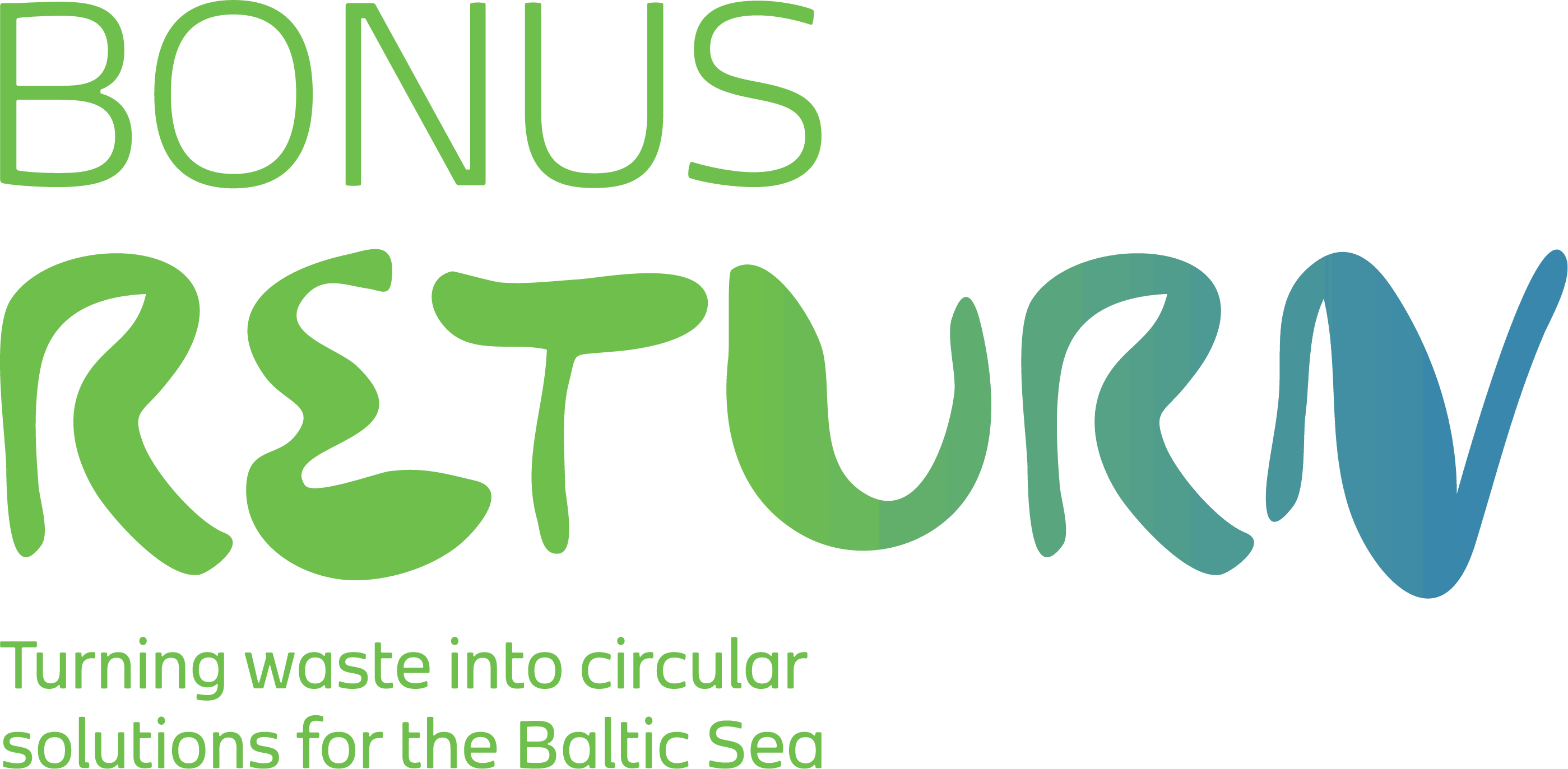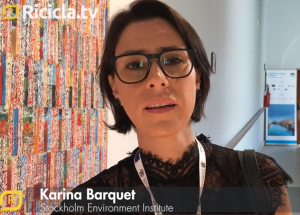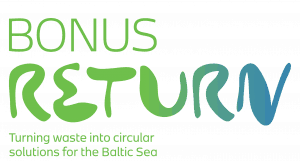A circular economy for phosphorus is vital: it could recoup phosphorus resources currently lost in agricultural runoff. Doing so would contribute to food security in the EU and at the same time reduce its dependence on precarious imports of the scarce mineral. But there are still substantial barriers to making this a reality. Karina Barquet, BONUS RETURN coordinator and Research Fellow at Stockholm Environment Institute, gave a keynote at the 3rd IWA Resource Recovery Conference 2019 on barriers and opportunities for a circular economy of phosphorus. This interview highlights key points from her presentation.
Q: What are some of the drivers for phosphorus reuse in the Baltic Sea region?
A: There is a clear need to reduce waste from treatment plants, particularly waste that transfers pollutants to soils. Also, there are growing health concerns related to microplastics and pharmaceuticals in sludge, which may lead to a ban on sludge-spreading in fields. The good news is that there is technical readiness to deal with these problems – more solutions are available and becoming competitive.
Q: Describe some barriers to phosphorus reuse in the Baltic Sea region.
A: First, there is a lack of policy focusing on reuse. Policy tends to focus on the origins of phosphorus rather than the quality of it, which fails to address harmful substances like cadmium and to capture environmental externalities in price-setting. This creates an uneven playing field between mined and recovered phosphorus, and sets up barriers to fertilizers produced from recovered nutrients entering European markets.
Q: How is BONUS RETURN helping to overcome some of these barriers?
A: We are working with three innovations – Aquacare from Netherlands, TerraNova from Germany and Ravita from Finland – that were selected in the Baltic Sea Nutrients and Carbon Reuse Competition we held last year. We aim to make these technologies ready for market, by getting them through some of the challenges they face in scaling into new markets, and helping them find test beds in countries in the region.
We are also generating knowledge to better understand the policy, market and technical challenges for a circular economy of phosphorus, by systematically reviewing evidence to better assess available solutions and their effectiveness.
Currently, we are mapping nutrient flows in our three case studies in Finland, Sweden and Poland, and producing scenarios of how system solutions could help reduce eutrophication.
Q: What do we need to speed up the transition towards a circular economy of phosphorus?
A: First, we need to shift mindsets away from a “take-make-dispose” approach and towards a “reduce-reuse-recycle-recover” strategy. We need to simplify the legal framework for reusing phosphorus products, particularly at EU level. And changes to farm structures that allow for more efficient use of manure in agriculture should be investigated.
New circular business models that increase collaboration between wastewater treatment plants, the fertilizer industry, and farmers are crucial for a circular phosphorous economy. Additionally, a fair price for phosphorous that captures health and environmental impacts from phosphorous mining should be established.
There is also a need to increase the capacity in national and local governments and municipalities to steer test beds towards circular solutions, to improve knowledge on procuring sustainable innovations, and to plan with alternative solutions such as source separation infrastructure in newly upcoming city districts.
Finally, more research is needed on interactions between key sectors and actors, including on the distribution of responsibility for and ownership of the recovery processes and products. And more knowledge is needed on product development, and not only on technical development.


